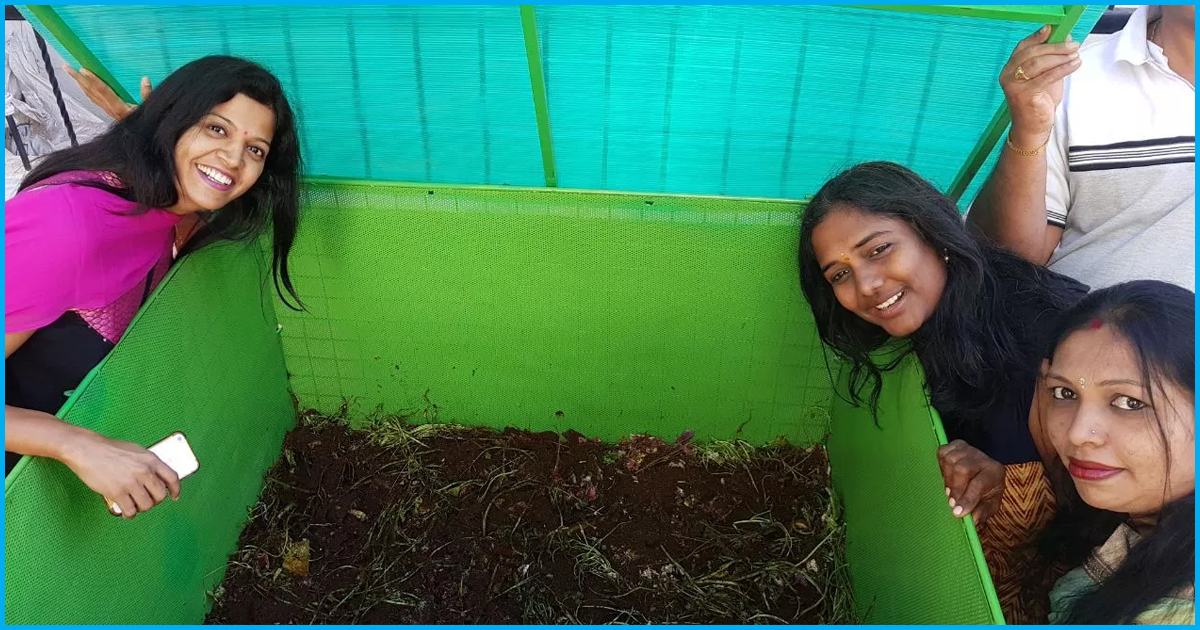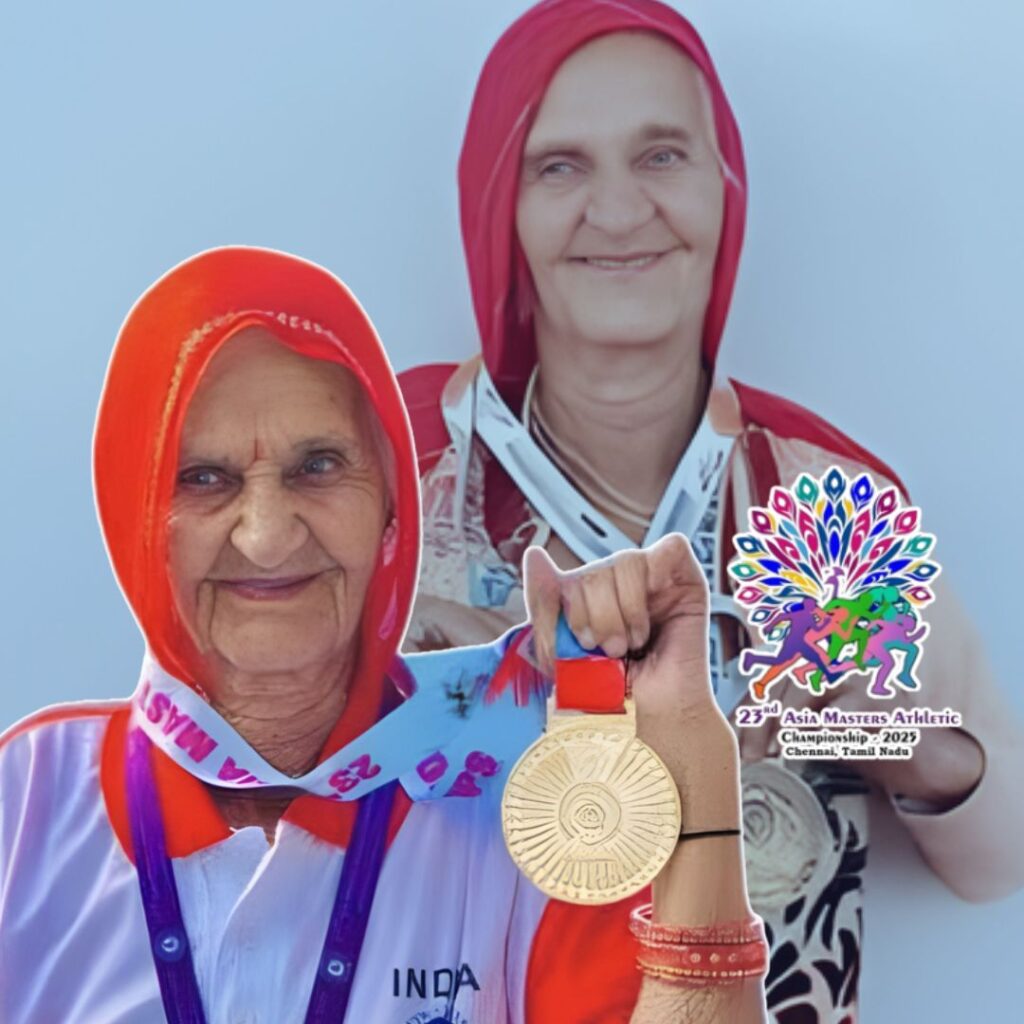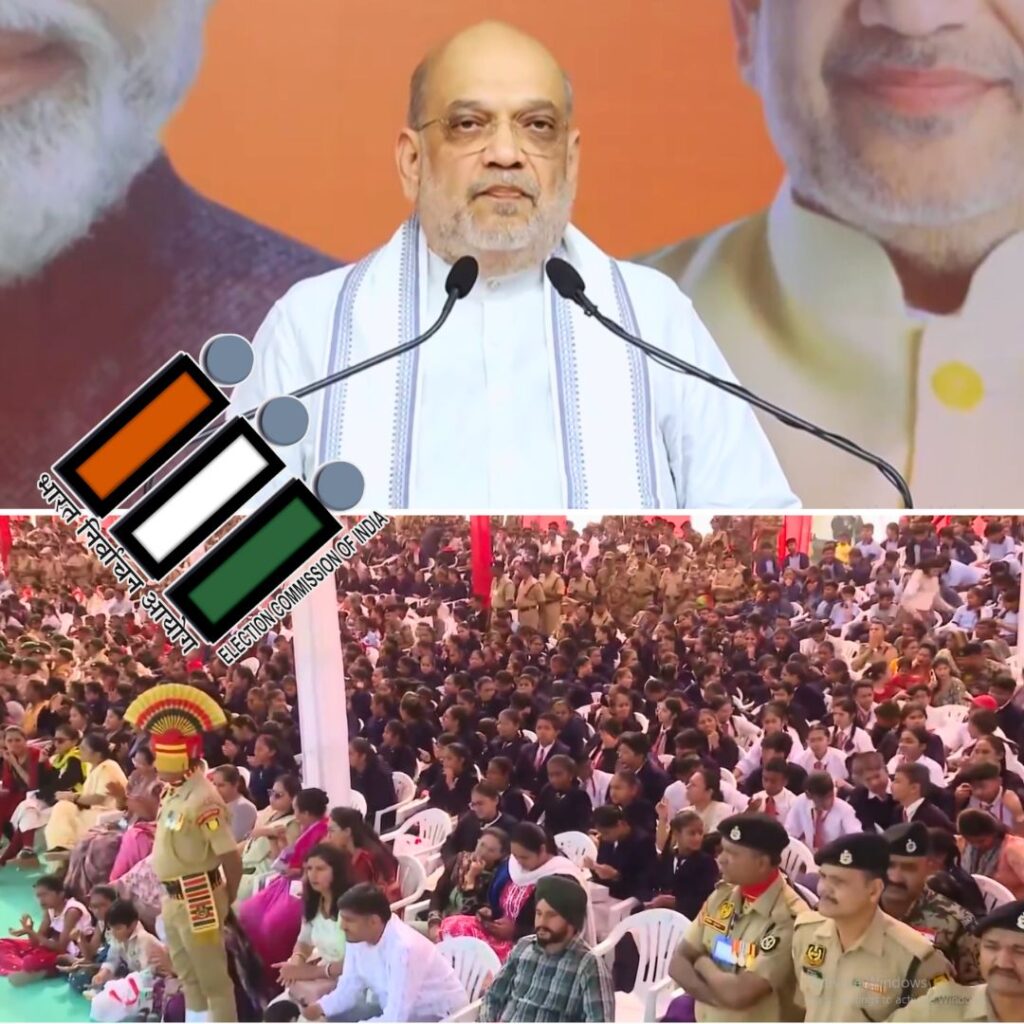It was the year 2012, when the citizens of HSR layout, a neighborhood in Bengaluru decided to take on garbage menace. It was the same year when the media started referring to the garden city of Bengaluru as garbage city. There was the hue and cry about garbage mismanagement. Since then a lot has changed.
Today, there is lane composting being piloted in the neighborhood. The organic waste and sanitary waste are collected five times a week and dry waste is collected twice in the week. This has further enforced segregation. There is a community kitchen garden, where residents have been allotted patches to grow vegetables. The electronic waste collection is streamlined. Residents are trying to bring their heads together to deal with the sanitary waste. They have not yet found the answer. The motivation they are working with, they will have the answer soon, as the right questions are being posed.
How did all this happen?

The citizens came together and founded HSR Citizen forum in 2012. For more than 6 years, it stayed as an informal coalition and recently got registered. They reached out to the elected representatives including the Member of Legislative Assembly (MLA) of Karnataka, the sanitation health inspector, and other officers. Encouraged sanitation workers not to pick up un-segregated waste. Awareness generation within the residents of the neighborhood, by taking the help of students in schools and colleges. 28000 households were reached out. They involved the active members of the Resident Welfare Association to take firm steps for ensuring segregation in the neighborhood. The segregation level in the neighborhood is as high as 90 percent. The waste is segregated in wet (organic), dry (recyclables, low/no value inert waste), sanitary waste and e-waste are collected separately. The 2bin1bag pamphlet was distributed in the neighborhood widely. In addition to that residents were informed not to use trash-bin lining plastic bags to pack away the discards. The landlords were asked to add the clause of waste segregation in the agreement with the tenants. If any new tenant is not segregating the waste, the landlord is immediately informed to act.
The residents have a Whatsapp group, members of which include health and sanitation inspectors of Bengaluru municipal authorities, dry waste collection center operator, residents and other relevant people. Any issue regarding waste management is passed on to the WhatsApp group and resolved immediately. The enforcement of segregation is done every day with the regular follow up.

The waste collection begins at 6.30 AM in the morning. The autorickshaw used for collection of waste makes a regular announcement of the arrival of the waste collection vehicle. The sanitation workers collect the wet and sanitary waste separately for 5 days a week, whereas dry waste is collected twice weekly. The wet waste is first taken to transfer point, from there it is transferred to the compactor and sent to Karnataka Compost Development Corporation (KCDC). The dry waste is sent to the ward level Dry Waste Collection Centre (DWCC), where it is sorted, aggregated and sold off to the recycling industry.

The residents aspire that their wet waste should not go out of the ward. They have encouraged their brethren to setup either home-composting units or go for lane composting. 6 lane composters are running and take around 500 kilograms of kitchen waste. The sanitation workers collect wet waste from the households. They fill the lane composter with the given wet waste. The lane composter is still in the pilot stage. Technically each lane needs two composters. For now, there is only one. Once the lane composter is full, it takes around 5 weeks to compost. It is an aerobic method of composting and they sprinkle the waste with cocopeat powder to compost it. When the compost is ready, a WhatsApp message is sent to the HSR citizen forum Whatsapp group and whosoever needs compost can bring a bag and take the compost free of cost.
There are quite a lot of trees in the neighborhood, they shed leaves. The shed leaves of trees are collected by 2 sanitation workers. They pack it in two sacks and take it to the neighborhood leaf tanks for composting. Monthly twice cow dung slurry is spread evenly on the leaf litter to compost. The compost is used for the park maintenance and is freely available for other residents to take away. The temples and schools in the neighborhood have been involved and asked to compost their waste. Schools have set up gardening clubs, where students regularly compost the organic waste and grow vegetables. All the flower waste generated in the temple is composted. The farmers around Bangalore have been sourcing compost from HSR Layout for farming purposes. That says a lot about the quality of the compost.

A high-tension wire passes through the neighborhood. No construction can take place under and within the buffer zone of the wire. It was an open- abandoned space. Garbage was being dumped there. The residents reclaimed it and set up acommunity garden for growing vegetables. 10 feet by 12 feet patches are allotted to whosoever is interested to grow vegetables. The vegetables are grown by using compost and no chemicals are allowed. If any resident leaves gardening or takes a sabbatical from it, another one takes over their plot. 3-4 visits in a week and one can have a steady supply of brinjal, bitter gourd, okra, and other leafy vegetables.
The e-waste is collected separately by Saahas. The vehicle for e-waste collection comes once a month. The message of its arrival is sent to all residents via WhatsApp group. Whosoever has e-waste can give it to the vehicle.
HSR Layout is leading in enforcing the plastic bag ban. One can see people carrying their own cloth bags to buy groceries. The forum has informed all shop owners to ensure enforcement of plastic bag ban. Similarly, plastic straws and thermocol bowls are strictly banned in the neighborhood.
To take away the sanitary waste and its scientific disposal, a vendor was involved. Bruhat Bengaluru Mahanagara Pallike (Greater Bangalore Municipal Corporation: BBMP) did not negotiate the terms properly. Thanks to that, the sanitary waste, for now, is not destination bound. As a temporary fix, it is being sent to Bellahali dump-yard. The residents are looking for the solutions to deal with the sanitary waste.
What are the key things required to create a zero-waste community?
To summarize the adventures of HSR Citizen Forum, one can say that the spirit of volunteerism and residents’ attachment to the neighborhood was the key to ensure that the neighborhood starts taking firm steps to become zero waste community. Awareness generation across the spectrum of stakeholders, active enforcement by following up with relevant authorities to act against violators of norms are other steps which one took. Ensuring that different solutions are made available for different streams of waste and collection, processing and management are decentralized. And of course, usage of WhatsApp group to keep a tab on the ongoing process of waste collection and management in the neighborhood. In a way, this initiative has helped in transforming a residential suburb into a closely knitted community.
Published with the permission from Waste Narratives












